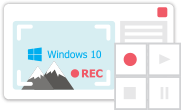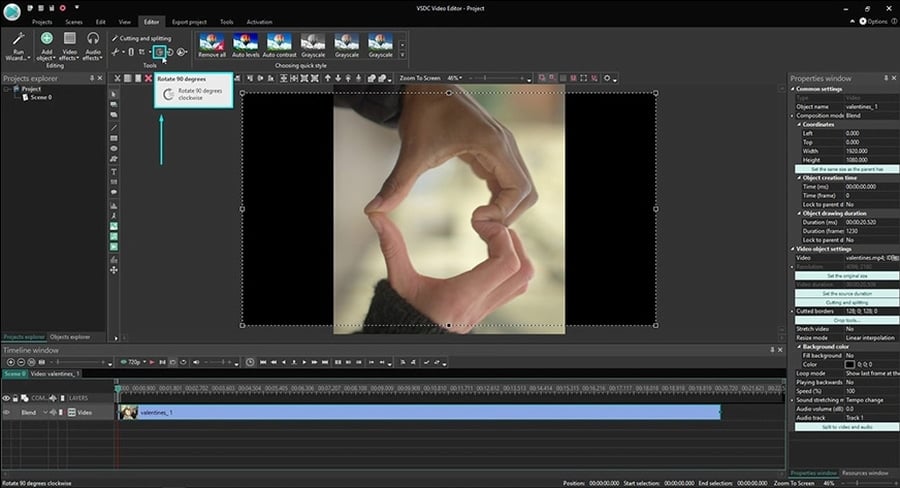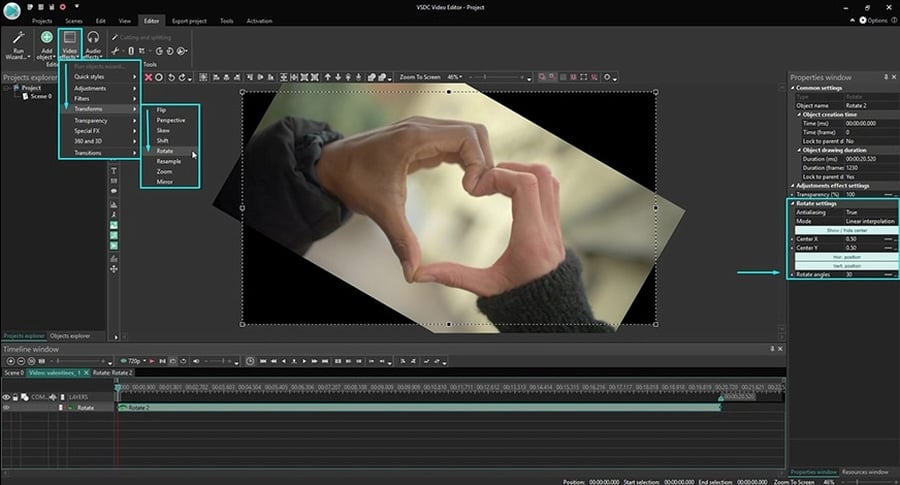Video Editor
Use free video software to create and edit videos of any complexity from a family greeting card to a company presentation. Cut, merge video files, apply visual and audio effects, use filtration and image correction, make slideshows and add an appropriate soundtrack. Use multi-color Chroma Key and advanced parameters settings to give your video a professional look. All popular video and audio formats are supported.
Video Converter
This program is intended for converting video files from one format to another. Nearly all popular video formats are supported (both reading and saving). In addition, the program drastically simplifies the task of converting videos for playback on specific multimedia devices, such as iPhone, Samsung Galaxy or Huawei P30 Pro. The program is extremely easy to use, has a modern interface and all necessary video processing functions.
Audio Converter
The audio converter will help you convert audio files from one format to another. All key audio formats and codecs are supported. The program also allows you to manage playlists and meta tags, extract audio from video files and save these tracks on your computer in any format.
Audio CD Grabber
This audio tool is intended for grabbing audio tracks from compact discs and saving them to the user’s computer in any format. Nearly all popular audio formats and codecs are supported. The program can also extract track details from the FreeDB server for automatic file renaming and updating meta tags.
Video Editor
Video Converter
Audio Converter
Audio CD Grabber

Multifunctionality
A wide array of multimedia processing tools in one free video software suite.

High speed
Our programs use fast
and high-quality algorithms optimized for single and multi-core CPU’s.

Affordability
VSDC video software is freely available for download to Windows OS-based PCs and laptops.
- This holiday season embraces new beginnings with the latest update of VSDC Video...
- Change is all about improvement, and this process wouldn't be possible without y...
- Intro In 2024 the options range for creating visual effects is incredibly dive...
- Are you ready to explore new heights with the latest major VSDC update? Finally,...
How to blend clips or images in VSDC Free Video Editor
Using ‘Blending Modes’ you can create your own visual effects and filters. For example, let’s see how to create the so-called Ghost Effect.
Add a video, where you’d like to apply a Ghost Effect. To make it perfectly fit the scene, select “Yes” in the “Stretch Video” option.

Tip: to make a video perfectly fit the scene size, add a video with the help of Import Content option
Due to a ghost effect an object obtains several contours of different types and colors. To achieve this effect, we need to add as many identical video layers as we want for our object to have contours.
All of the added videos should be exactly of the same size. For this reason we recommend to make a duplicate of every inserted video. Click the original video on the scene with a right mouse button and select the “Duplicate” option. The duplicated layer will instantly appear on the timeline.


Now comes the most interesting part: we’re going to apply a blending mode to one of our video layers. Make a double click on the layer you are going to apply a filter to (on the timeline) and select the “Rectangle” tool.

Place the rectangle over the whole scene

Tip: Choose a rectangle with no frames and filled with a color (3-rd type):

Go to the “Properties” window and choose a color for your rectangle.

To change the type of a blending mode, select the appropriate blending type in the “Composition mode” tab.

To make a ghost effect more impressive, let’s add one more layer (contour). Go to the main scene, make a duplicate of the blended layer and stretch it following the scene size.


Make a double click on the duplicated layer and change the color of the rectangle. (Why do we have a rectangle here? That’s simple – we’ve made a duplicate of the blended layer where we have previously added a rectangle)
Tip: try to use contrast colors for different layers to achieve the best effect

Select one of the blending modes of the “Composition mode” menu on the timeline:

To make our blended layers more phantom, let’s adjust it transparency. Make a double click on one of the blended layers and decrease opacity of the rectangle.

Now let’s shift our blended layers to achieve a multi-contour effect of the main video. Go to the main scene and change layers’ positions simply dragging and dropping layers with a mouse.

Tip: Vary blending modes and opacity on the main scene to achieve the best result.

You can get more information about the program on Free Video Editor' description page.

This program allows you to capture the video of your desktop and save it on your PC in various formats. Coupled with a video editor, the program is a great tool for creating presentations, tutorials and demo videos.

The program captures video from external devices and records it to computer in a free format. You can save video from video tuners, webcams, capture cards and other gadgets.

"VSDC Free Video Editor is a surprisingly powerful, if unconventional video editor"
- PC Advisor

"This video editor gives you tons of control and editing power"
- CNet

"The editor handles many common formats and boasts a good deal of capabilities when it comes time to alter lighting, splice video, and apply filters and transitions in post production"
- Digital Trends




 button on the toolbar. Later you can change the Chart position adjusting the “
button on the toolbar. Later you can change the Chart position adjusting the “















